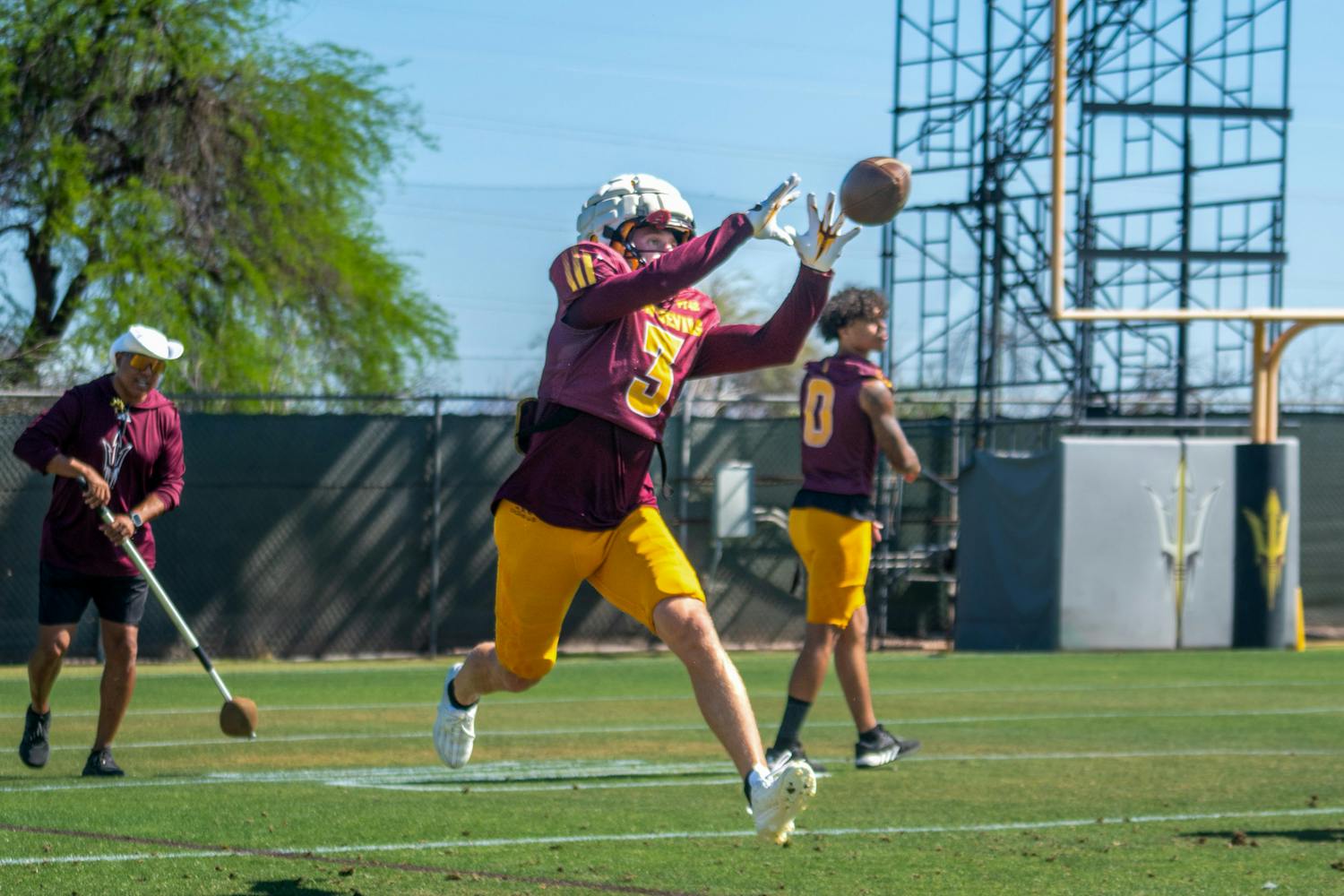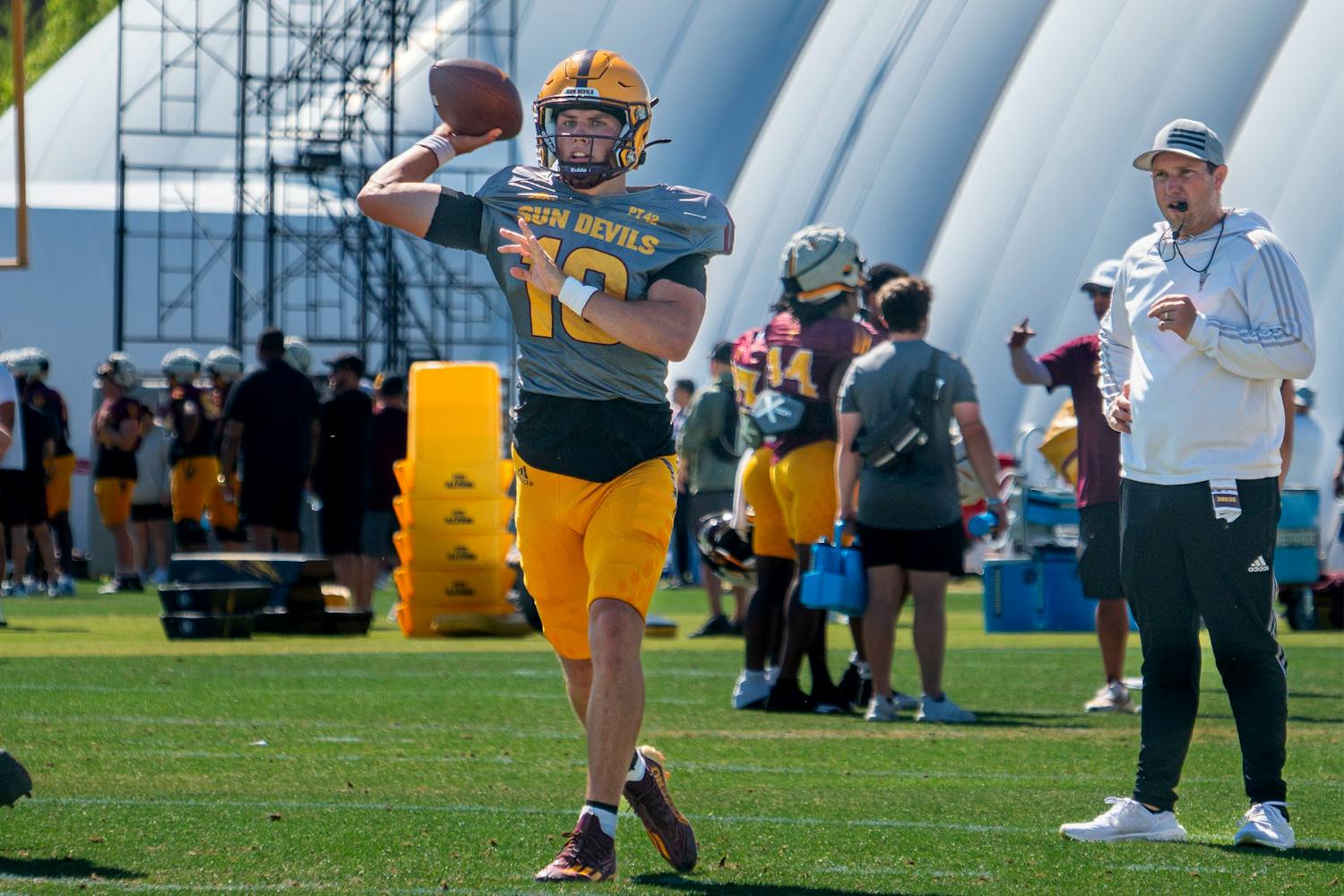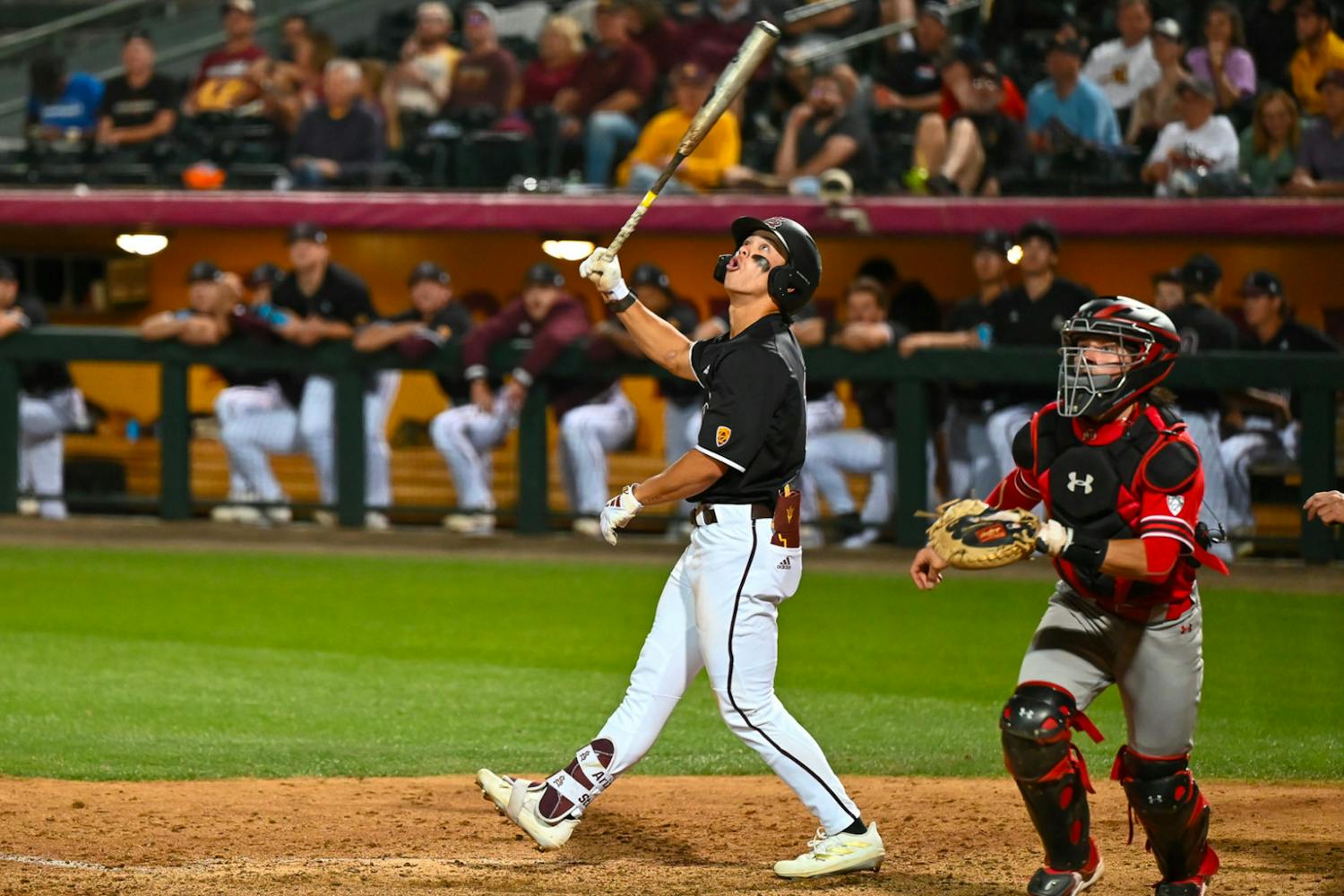Aren’t the Phoenix Suns doing this year exactly what they should have done last year?
Last year should have been the surprise.
So, what’s wrong?
It’s not so much that owner Robert Sarver is cheap, the common criticism, but that he lacks a vision for building a championship team. Maybe Suns fans are OK with that.
But Sarver isn’t cheap.
The Suns have paid the luxury tax the last two seasons, one of just a handful of teams to be over the soft cap.
There are plenty of tradable assets Sarver could have used to get under the cap. However, he actually used the trade exceptions created by the Amar’e’s sign-and-trade instead of letting them expire.
Sarver often gets criticized for selling draft picks, but as a perennial 50-win team, that can be a sound strategy given that the money can be used for veteran role-players. Sarver has invested money into remodeling the new front office and has paid for coaching staffs within the D-league as well when he didn’t have to.
Sarver is no Bill Bidwell.
There’s a bigger issue and it’s exactly why the Suns can still sell out, which, viewed only as an effect, isn’t actually the key issue at all.
Steve Nash is the problem, yes, but not necessarily for the reasons you’d assume.
It should be said that it remains to be seen if the Valley, as a sports market, can generate a fan following with clout, one that voices its discord and gives an impression of ubiquitous outrage.
Boycotting doesn’t work in the NBA or NFL because of revenue sharing. Going to a low-revenue low-cost model can be accomplished quickly with similar profits (see: Donald Sterling). But the possibility of turning an orange pom-pom waving fan base into a savvy, powerful fan base, one that can form critical mass (pun intended), exert extreme pressure on Sarver and affect change simply isn’t possible with Steve Nash.
This paradox isn’t confined to just the fan base’s love affair with one of the most entertaining players of all time, as it pertains to ticket and merchandise sales and the Suns’ bottom line.
No, it’s Nash’s ability to make everyone around him better that keeps the Suns from trying to build a championship team, and for the fan base to understand the mistakes made by ownership and the several front offices over the years in its attempts to build a championship team around Nash — which is a paradox within a paradox.
From a perspective of trying to win an NBA championship, as far as superstars go, Nash is actually the worst kind.
It’s not that he isn’t one of the greatest passers and efficient offensive players of all time; the problem in its most general sense is two-fold.
First, it’s that Nash’s incredible ability to inflate teammates’ numbers that deceives not just outsider’s perception of the team’s players but those inside the organization. That’s because Nash’s effect is real, and the player’s statistics tangible — until the critical playoff series where everyone is exposed.
Yes, Charles Barkley and the tired old critiques he parrots are true. Building a team around Nash’s style of play is fool’s gold, and by now you know the reasons why.
For Nash to play like a superstar, it’s necessary that he leads a high pick and roll, open-court, open-floor offense like he has throughout his Phoenix career. In Dallas, Nash was less than a superstar.
Nash is a superstar because of the style of offense he leads, a style that creates misguided personnel decisions, one that will never win a championship because of the type of personnel required to play in it. Yet a style that is just good enough in the regular season to create an effective illusion.
While most all of Nash’s teammates have improved their offensive efficiency in Phoenix, very few were championship-caliber role-players.
Sarver’s front offices have made myriad attempts to build championship teams around Nash, including the hybrid half-court teams with Shaq, and the full-out floor spacing, 10-seconds-or-less teams.
The problem is that by default, any team built around Nash’s superstar floor attributes can never win a championship.
The efforts should be made to transition fully out of the Nash system. The trade of Goran Dragic was a head-scratcher in that regard, among others. The problem is the Nash illusion is too real, too captivating to let go.
Maybe Phoenix fans are happy with a middling team so long as Nash is doing his thing. To be honest, I can actually respect that. But don’t be fooled about what it is or ever was.
Reach the columnist at nick.ruland@asu.edu



